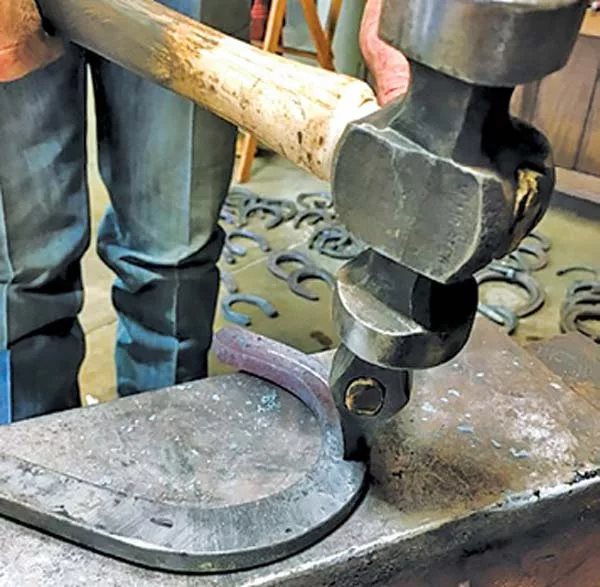American Farriers Journal
American Farriers Journal is the “hands-on” magazine for professional farriers, equine veterinarians and horse care product and service buyers.

Keg shoes typically come with a crease in the ground surface, but are they worth the effort to craft into your handmade shoes? And if so, what are the keys to proper fullering?
Chad Chance, a veteran farrier in Pilot Point, Texas, 30 minutes north of Dallas, creases 95% of his shoes and says, “I’m fullering every day.”
He routinely fullers his shoes mainly because the crease enables easier nail pulling when resetting the shoes, a time-saver for him that also can make the chore easier on the horse.
But Chance — who shoes Western Pleasure, dressage, three-eventers, reiners and barrel horses — notes that fullering also increases traction for horses that need improved footing.
“If it’s fullered from heel to heel,” he says, “it is a better shoe for traction, that’s for sure.”
Also, fullering to the heel can add lateral support, he says, but fullering to provide additional traction or support should be done only to meet the shoeing needs of a particular horse.
Chris Madrid of Stanley, N.M., has been shoeing since 2004 and estimates that he makes 98% of his shoes. Although the concave stock…